Choosing the Right Goliath Tarantula Terrarium
Setting up a terrarium for a Goliath Tarantula (Theraphosa blondi) is a crucial step in ensuring your pet’s health and well-being. This guide will walk you through the essential aspects of creating the perfect habitat. A well-designed terrarium not only provides a comfortable living space but also allows you to observe and enjoy your magnificent spider. Proper setup is essential for maintaining the correct temperature, humidity, and providing a stimulating environment. Careful planning and attention to detail will ensure your Goliath Tarantula thrives in its new home. Selecting the right terrarium is the first, and arguably most important, step.
Terrarium Size Considerations
The size of the terrarium is a critical factor. Goliath Tarantulas are among the largest spiders in the world, and they require ample space to move around, hunt, and feel secure. A cramped environment can lead to stress, which can negatively impact their health and behavior. It’s important to consider the adult size of your tarantula when choosing a terrarium, as they can grow significantly over time. A terrarium that is too small will restrict movement and potentially lead to injury, while one that is too large might make it difficult for the spider to find its food. It’s a balancing act, but the welfare of your Goliath Tarantula should always be the primary consideration.
Optimal Dimensions for Goliath Tarantulas
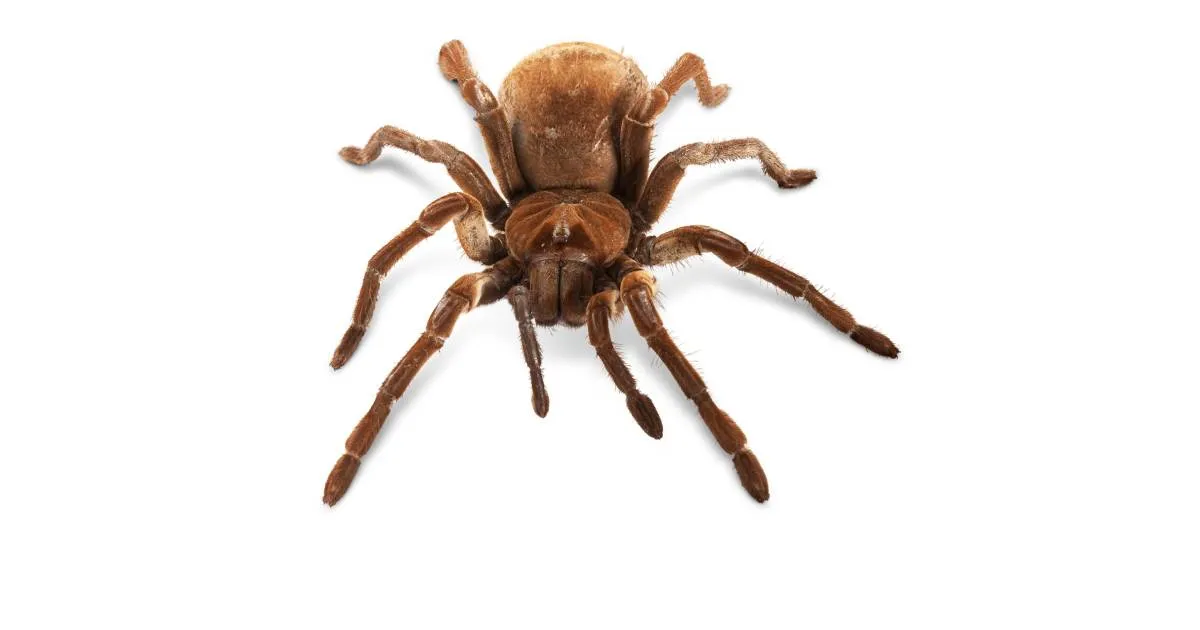
For an adult Goliath Tarantula, a terrarium that measures at least 36x18x18 inches (length x width x height) is recommended. However, larger is always better if space permits. The width and length are important for providing enough floor space for the tarantula to roam and establish a territory. The height is also important, especially if you plan to include any decor that allows for vertical movement. Ensure the terrarium has a secure, well-fitting lid to prevent escape, as these spiders are powerful and can easily push lids that are not properly secured. Always prioritize horizontal space over vertical space for terrestrial tarantulas like the Goliath.
Material Selection
The material of the terrarium is another important consideration. The primary materials used are glass and acrylic, each with its own set of advantages and disadvantages. Both materials must be durable and safe for the spider, ensuring they do not contain any toxic substances that could harm the tarantula. The choice between glass and acrylic often depends on personal preference, budget, and the specific needs of the tarantula. Both options, when properly chosen, will create a suitable environment for your Goliath Tarantula.
Glass vs. Acrylic Terrariums
Glass terrariums are generally more scratch-resistant and often less expensive. They offer excellent visibility, allowing for clear observation of your tarantula. However, glass terrariums can be heavier and may not insulate as well as acrylic. Acrylic terrariums are lighter, offer better insulation, and are less likely to shatter if dropped. They also provide excellent clarity. However, acrylic can be prone to scratching, so you must take care when cleaning. Both options are suitable, but consider factors such as ease of cleaning, weight, and insulation when making your choice. Ensure the material is specifically designed for use with reptiles or invertebrates.
Ventilation Requirements
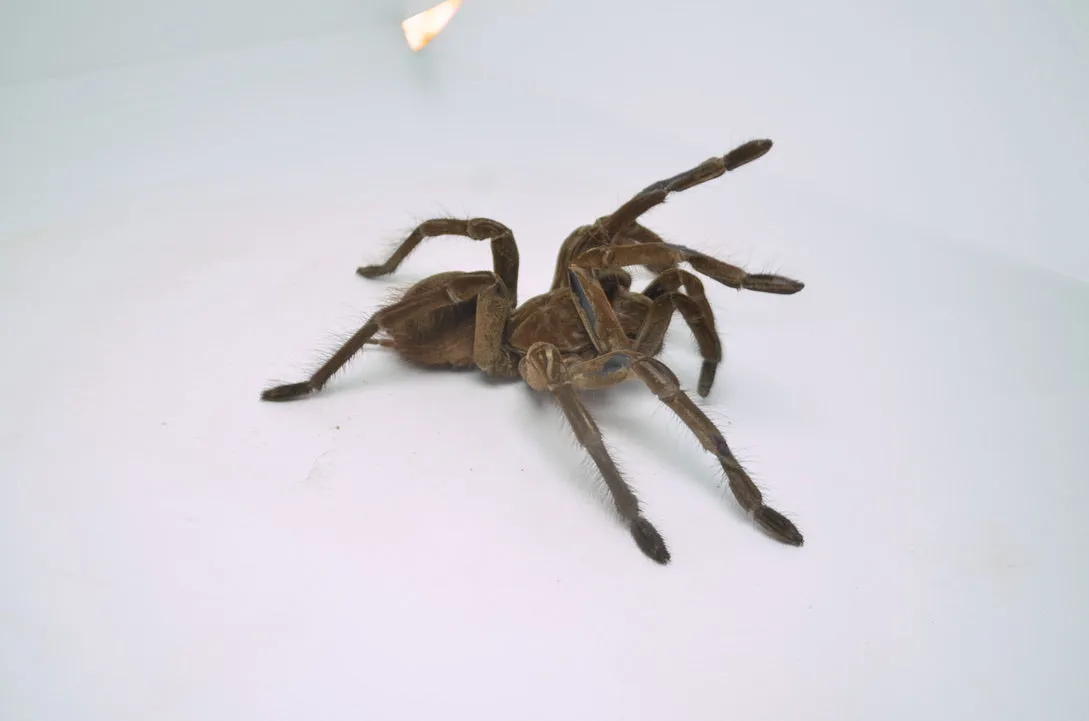
Adequate ventilation is essential for maintaining a healthy environment. Proper airflow helps to regulate humidity, prevent the buildup of harmful gases, and reduce the risk of mold and bacterial growth. Tarantulas require a balance of humidity and airflow to thrive. Poor ventilation can lead to respiratory problems and other health issues for your Goliath Tarantula. The terrarium should have ventilation holes or mesh screens, typically located on the sides and top, to ensure proper air circulation. The design of the ventilation system should be carefully considered to strike the right balance between airflow and maintaining humidity levels.
Proper Ventilation for Tarantula Health
The ventilation system should be designed to allow for adequate airflow without excessively drying out the substrate. The amount of ventilation required will vary depending on the climate and the specific needs of your tarantula. Typically, a combination of top and side ventilation is recommended. Ensure the ventilation is covered with a fine mesh to prevent the escape of small prey items and to deter any pests. Regularly inspect the ventilation openings to ensure they are not blocked by substrate or debris. Proper ventilation contributes significantly to the overall health and longevity of your Goliath Tarantula, creating an optimal habitat.
Substrate and Decor for Your Goliath Tarantula
The substrate and decor play a vital role in replicating the tarantula’s natural environment, providing enrichment, and supporting the overall well-being of the spider. The substrate is the bedding material that covers the bottom of the terrarium, and the decor provides hiding places, climbing structures, and other environmental enhancements. The choice of substrate and decor will depend on the tarantula’s natural habitat and personal preferences. This section focuses on providing a comfortable and stimulating environment for your Goliath Tarantula, encouraging natural behaviors and reducing stress.
Choosing the Right Substrate

The substrate should be absorbent, non-toxic, and capable of maintaining the appropriate humidity levels. Suitable options include a mix of coconut fiber (also known as coco coir), peat moss, and a small amount of sphagnum moss. These materials are excellent at retaining moisture, which is crucial for maintaining the proper humidity levels required by Goliath Tarantulas. Avoid substrates such as sand or gravel, which can be difficult to maintain and may not hold humidity well. The substrate should be deep enough for the tarantula to burrow, if it chooses to do so. Aim for a depth of at least 4-6 inches.
Substrate Options and Recommendations
Coco coir is a widely recommended substrate due to its excellent moisture retention, natural properties, and availability. Peat moss is another good option, offering similar benefits. Sphagnum moss can be added to the mixture or used in specific areas to create localized humidity. Avoid substrates that contain cedar or pine, as they can be toxic to tarantulas. Ensure the substrate is free of pesticides or other harmful chemicals. The substrate should be changed regularly (every 6-12 months) or whenever it becomes overly soiled. Spot clean the substrate as needed to remove any waste or uneaten food items.
Decorating the Terrarium
Providing adequate decor enhances the environment and provides a more enriching experience for your Goliath Tarantula. Decor items should mimic the tarantula’s natural habitat and provide opportunities for hiding, climbing, and exploring. The right decor will reduce stress, encourage natural behaviors, and make the terrarium a more visually appealing environment. Always prioritize safety and ensure any decor items are non-toxic and free from sharp edges or potential hazards.
Hiding Places and Climbing Structures
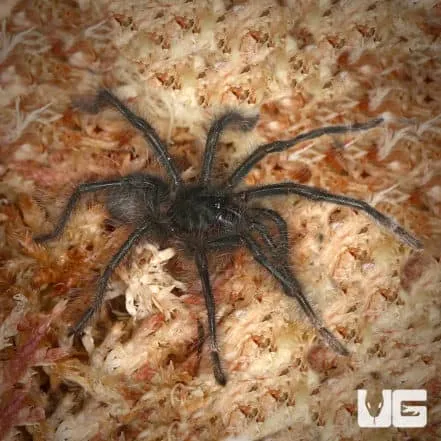
Provide at least one secure hiding place, such as a half-log, cork bark, or a commercially available tarantula hide. These hiding places allow the tarantula to retreat and feel safe, reducing stress. Additionally, you can include climbing structures such as branches or rocks, especially if the tarantula is a juvenile. Ensure the climbing structures are securely placed and do not pose any risk of falling. Live or artificial plants can also enhance the terrarium’s aesthetic appeal and provide additional hiding spots. When choosing decor, consider the tarantula’s size and behavior. Ensure the decor is stable and will not collapse, potentially injuring the spider.
Watering and Humidity
Maintaining the correct humidity levels is crucial for the health and well-being of your Goliath Tarantula. The humidity helps the tarantula to molt properly and prevents dehydration. Proper watering techniques and monitoring humidity are essential components of responsible tarantula care. Both the amount and type of water provided must be appropriate to avoid over-saturating the terrarium or creating an environment that is too dry. Regular monitoring and adjustments are often necessary to ensure the proper conditions are consistently maintained.
Maintaining Humidity Levels
Goliath Tarantulas require a humidity level between 70-80%. Monitor the humidity using a hygrometer, which should be placed inside the terrarium. To increase humidity, mist the enclosure with dechlorinated water, ensuring that you do not oversaturate the substrate. The frequency of misting will depend on the environmental conditions and the type of substrate used. Adequate ventilation helps to prevent mold growth. Always keep a shallow water dish available for drinking. The water should be fresh and clean, and the dish should be shallow enough to prevent the tarantula from drowning.
Proper Watering Techniques
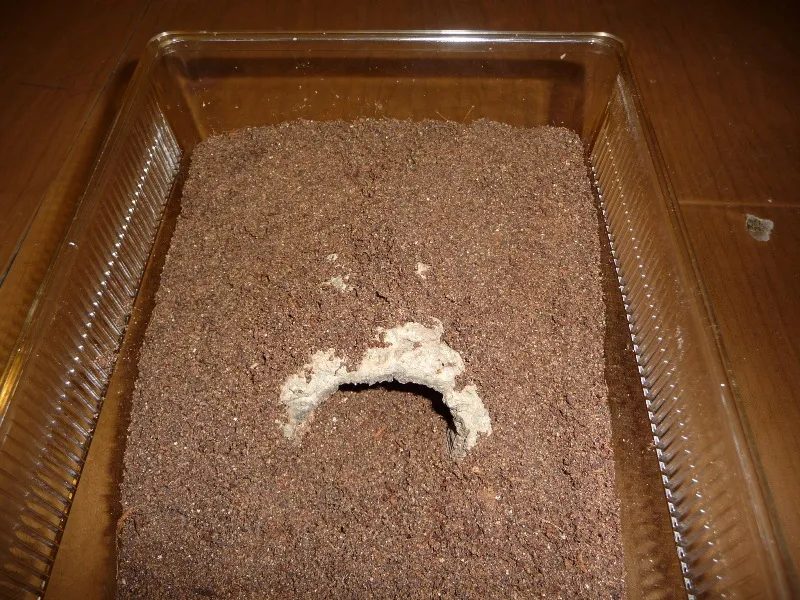
Provide a shallow water dish filled with fresh, dechlorinated water at all times. This provides the tarantula with a readily accessible source of drinking water. Mist the terrarium as needed, paying close attention to the substrate. Avoid spraying the tarantula directly. Monitor the substrate; it should be moist but not soggy. Overwatering can lead to mold and bacterial growth, which can harm your tarantula. Ensure the water dish is cleaned and refilled regularly to prevent bacterial growth and ensure that your Goliath Tarantula remains healthy.
Feeding Your Goliath Tarantula
Feeding is a fundamental aspect of caring for your Goliath Tarantula. Providing a proper diet ensures the tarantula receives the necessary nutrients to thrive. The appropriate diet consists mainly of insects, with occasional additions to supplement its nutritional intake. Knowing the types of food, the correct feeding frequency, and how to manage leftover food items is crucial to ensure the overall health of your Goliath Tarantula. A well-fed tarantula is a healthy tarantula.
Appropriate Food Choices
The diet of a Goliath Tarantula primarily consists of insects, such as crickets, roaches, and mealworms. These insects should be gut-loaded before being offered to the tarantula, meaning they are fed a nutritious diet themselves to enhance their nutritional value. You can also occasionally offer pinkie mice (newborn mice) as a treat for adult tarantulas, but these should be offered sparingly. Avoid feeding wild-caught insects, as they may carry parasites or pesticides. Always provide food that is appropriately sized for the tarantula. Crickets and roaches are ideal food options as they are readily available, and highly nutritious.
Feeding Frequency and Schedule

The feeding frequency will depend on the tarantula’s age, size, and metabolism. Juvenile tarantulas should be fed more frequently (2-3 times per week), while adult tarantulas can be fed less frequently (1-2 times per week). Observe your tarantula’s feeding habits. If the tarantula is not eating, it may be preparing to molt. Remove any uneaten food within 24 hours to prevent mold or mite infestations. Adjust the feeding schedule based on the tarantula’s appetite and overall health. Provide fresh, clean water at all times, regardless of the feeding schedule.
Maintaining a Clean Terrarium
Maintaining a clean terrarium is essential for the health of your Goliath Tarantula. Regular cleaning and maintenance prevent the buildup of waste, mold, and bacteria. A clean environment reduces the risk of disease and ensures a healthy living space. This section covers best practices for keeping your terrarium in excellent condition. It also addresses how to identify and solve potential problems. Proactive maintenance is critical for the long-term health and happiness of your pet.
Regular Cleaning and Maintenance
Spot clean the terrarium regularly, removing any uneaten food, dead insects, and fecal matter. Replace the substrate periodically, as it can accumulate waste and become less effective at maintaining humidity. A partial substrate change can be done every few months, while a complete substrate change is typically recommended every 6-12 months. When cleaning, avoid using harsh chemicals or detergents, as these can be harmful to the tarantula. Use only warm water and a mild soap, if needed. Clean the water dish regularly. Always rinse the water dish thoroughly.
Identifying and Addressing Potential Issues
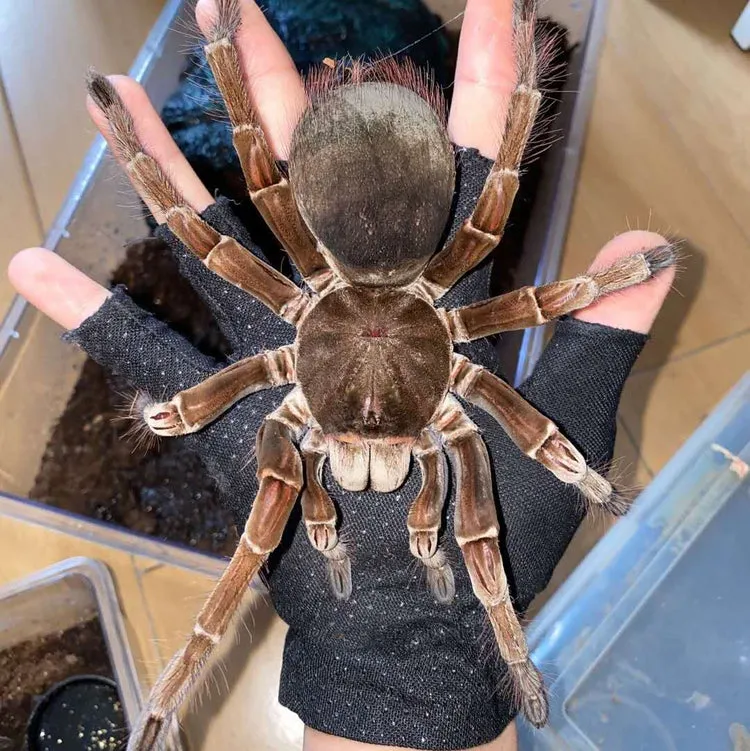
Regularly inspect the terrarium for any signs of mold, mites, or other pests. Mites can be a common problem in tarantula enclosures and can be very irritating to the spider. If you notice any issues, take immediate action. Isolate the tarantula if necessary and clean the terrarium thoroughly. Consult with a veterinarian or experienced tarantula keeper if you’re unsure how to address any issues. Monitor the tarantula’s behavior and appearance for any signs of illness or stress. Provide a comfortable environment to prevent future problems.
Conclusion
Setting up a terrarium for a Goliath Tarantula is a rewarding experience that allows you to appreciate the beauty and fascinating behavior of these magnificent creatures. By following this guide, you can create a suitable and enriching environment for your tarantula, contributing to its overall health and longevity. Remember that proper research, consistent care, and a deep understanding of the species’ needs are essential for successful tarantula keeping. Enjoy the process and cherish the opportunity to learn from your Goliath Tarantula. By following these guidelines, you will be well on your way to successfully housing a Goliath Tarantula.
